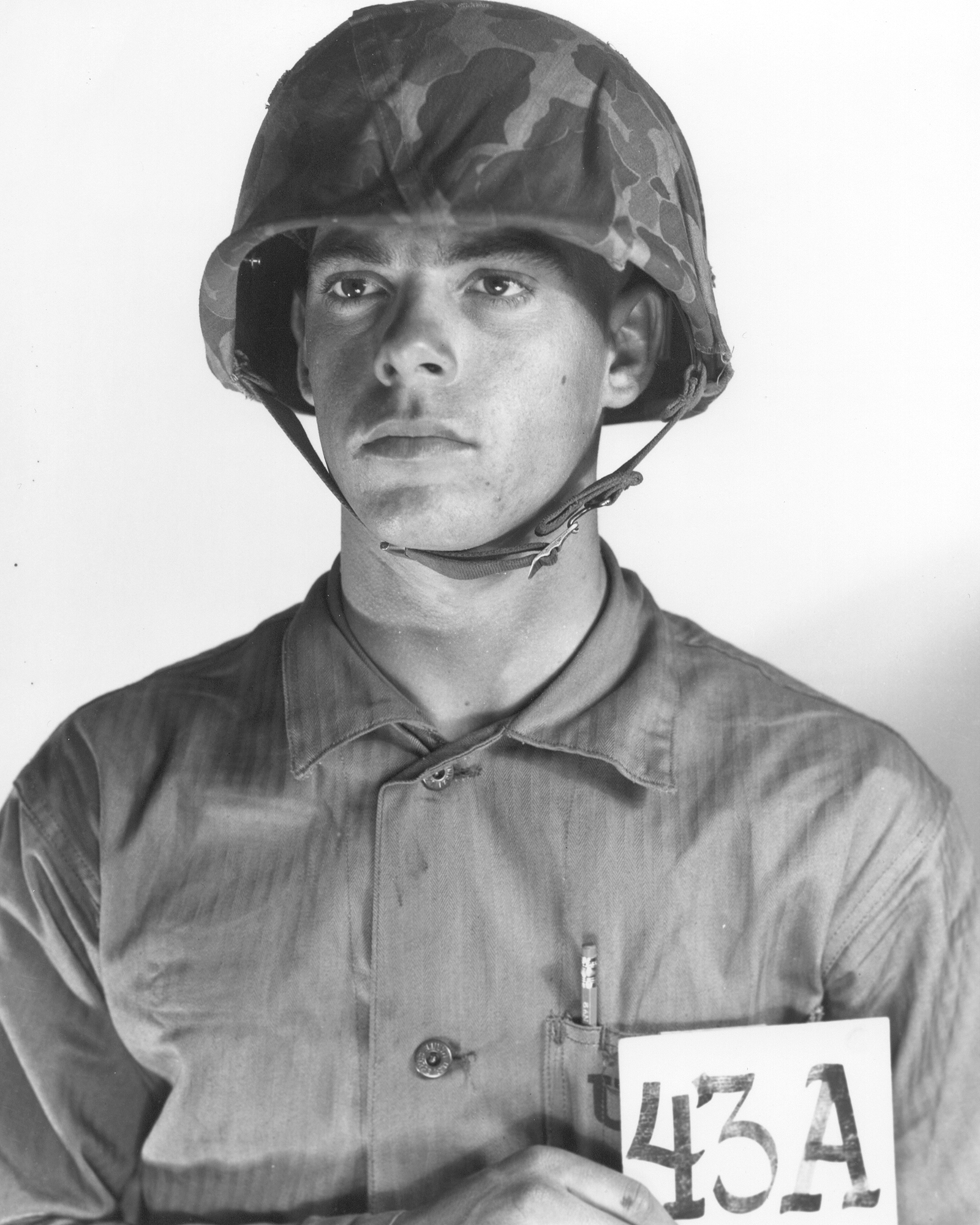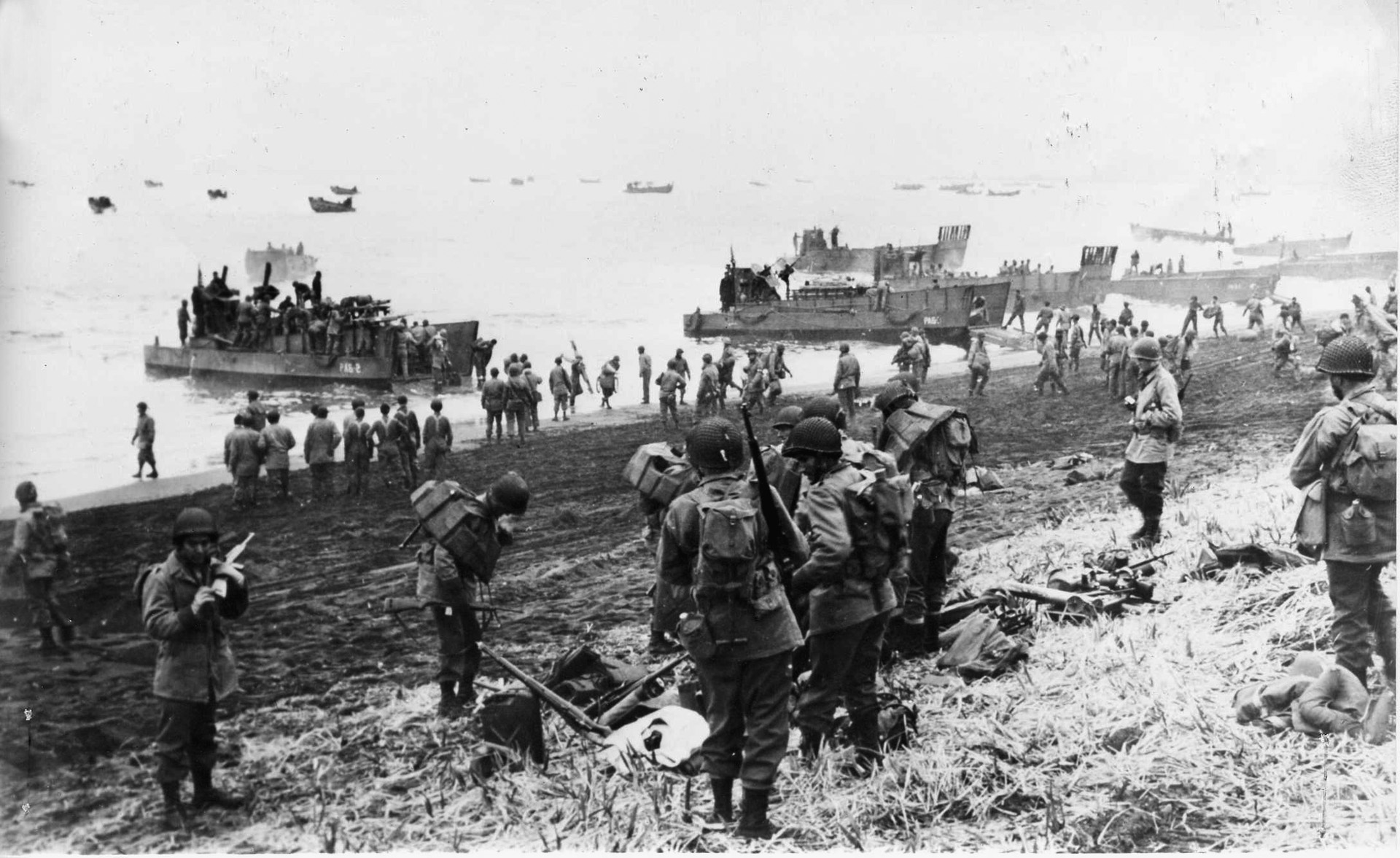During the Vietnam Conflict, the U.S. never lost a major battle, despite deploying a fraction of the manpower used in World War II. However, the enemy adapted effectively, employing traps and guerrilla tactics to inflict significant casualties. As lost public support waned, the U.S. withdrew, leaving many questioning the purpose of the mission and the accountability of leaders who failed to articulate clear objectives. Does this sound familiar, OEF vets?
The Viet Cong (or VC) utilized a wide array of guerrilla warfare tactics to combat American and South Vietnamese forces. Among their most effective and feared methods were their ingenious and deadly traps that not only caused significant casualties but also had a profound psychological impact on enemy troops. The Viet Cong used this guerrilla warfare strategy to great and terrible effect, as those who served in that devastating conflict can attest.
Bamboo Whip Traps
Bamboo whip traps, also known as spring traps, were designed to strike quickly and lethally. These traps used the natural springiness of bamboo to deliver a powerful and often fatal blow.
The trap consisted of a bent bamboo pole, which was anchored to the ground and connected to a tripwire. When the tripwire was triggered, the bamboo pole would snap back with great force, swinging a set of sharp spikes or blades towards the unsuspecting victim. They could range in type from a simple whip trap to advanced versions which included multiple poles or additional shrapnel to increase the likelihood of injury. Bamboo whip traps were highly effective in jungle warfare, where dense vegetation limited visibility. They could be set up along trails, in dense underbrush, or near campsites. The sudden and violent nature of these traps caused severe injuries or death, instilling fear and hesitation in enemy troops as they moved through the jungle.
Punji Stick Traps
Punji stick traps were simple yet highly effective. These traps typically consisted of sharpened bamboo sticks, called punji sticks, which were placed in pits or camouflaged on the ground. The sticks were often coated with feces or other toxins to cause infections in wounds making them exponentially worse.
The punji sticks were hidden in various ways, such as pit traps, where soldiers would step on a camouflaged cover and fall into a pit lined with punji sticks, which would impale their legs or feet, and foot traps, where punji sticks were driven into the ground with points facing upward, hidden by grass or leaves, causing injury when stepped on. The primary purpose of punji stick traps was not necessarily to kill but to incapacitate. A soldier injured by a punji stick would require medical attention and evacuation, thus reducing the fighting force and slowing down operations. The psychological impact was significant as well, as soldiers had to constantly be vigilant, adding to their stress and fatigue.
Booby-Trapped Grenades and Artillery Shells
Booby traps involving grenades and artillery shells were more complex and often had devastating effects. These traps used American or Soviet-made ordnance that the Viet Cong had repurposed. A grenade was typically attached to a tripwire or a pressure-activated trigger; when the tripwire was pulled or the pressure plate stepped on, the grenade would detonate. Artillery shells were buried or concealed with a trigger mechanism, much like the 155mm artillery shell IEDs used during the Global War on Terror. These were often used as landmines or connected to tripwires.
There were some simple but creative type of explosive booby traps. Tin Can Grenade Traps consisted of a grenade placed inside a tin can, with the pin attached to a tripwire. When the tripwire was triggered, the grenade would be pulled from the can and detonate. This was also done using spent rocket launcher tubes, and any other similar objects left behind. Directional Mines used artillery shells or other explosives to create a focused blast, similar to modern-day claymore mines, aimed at soldiers passing by. Booby-trapped grenades and artillery shells were extremely lethal and could cause multiple casualties with a single explosion. The unpredictability and invisibility of these traps made them particularly terrifying; soldiers knew that any step could trigger a deadly explosion, adding immense psychological pressure.
The Viet Cong's use of traps was a testament to their ingenuity and understanding of guerrilla warfare. These traps were designed to maximize damage and psychological impact while utilizing minimal resources, which played a crucial role in the VC's strategy to wear down and demoralize their opponents. These deadly traps highlighted the asymmetrical nature of the Vietnam War, where the Viet Cong's resourcefulness and intimate knowledge of the terrain allowed them to effectively combat a technologically superior enemy. The legacy of these traps remains a sobering reminder of the brutal and relentless nature of guerrilla warfare, and that appearances can be deceiving.



%201.svg)










